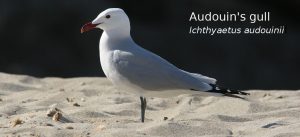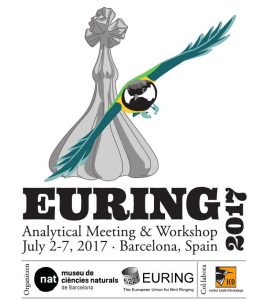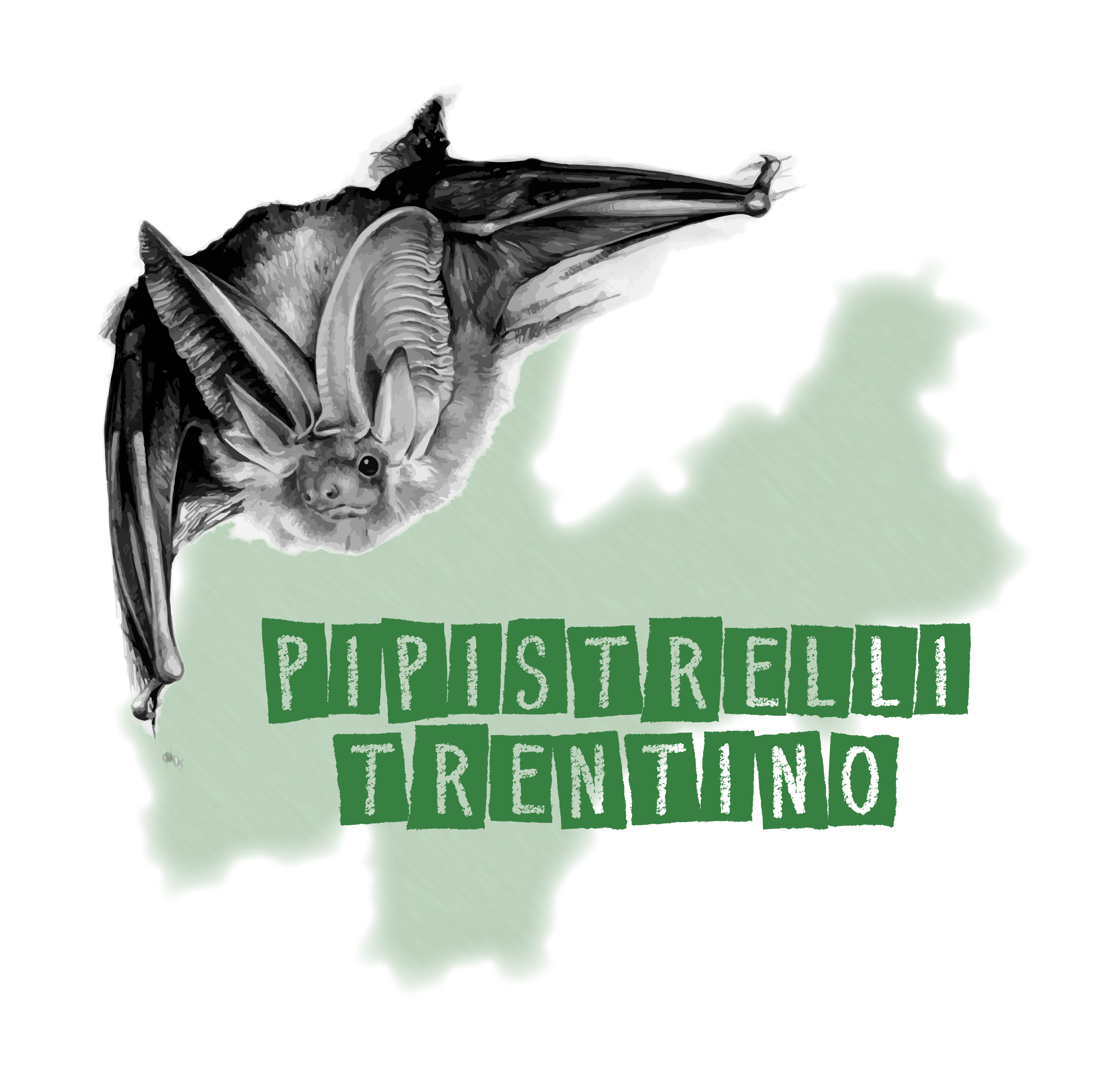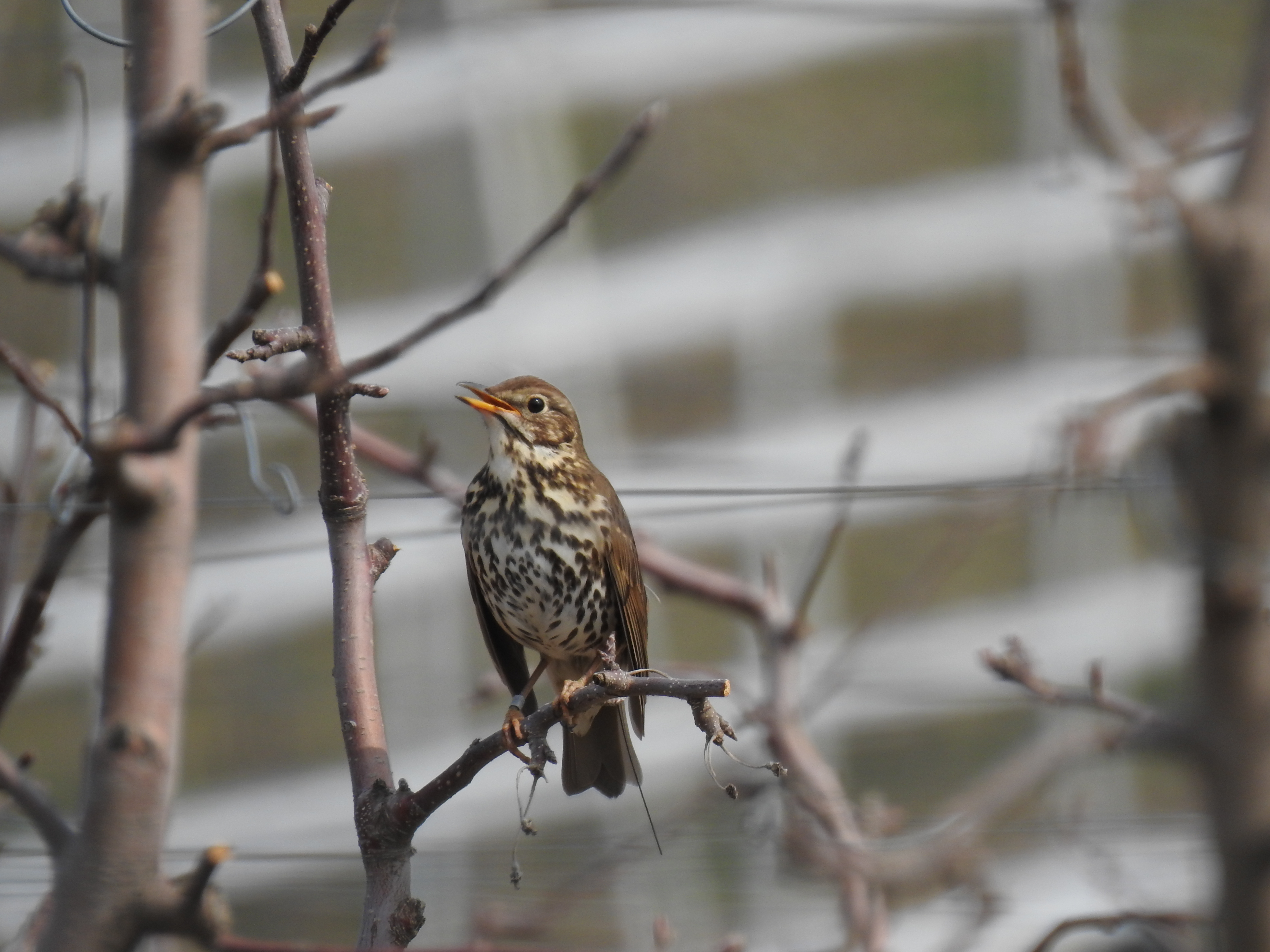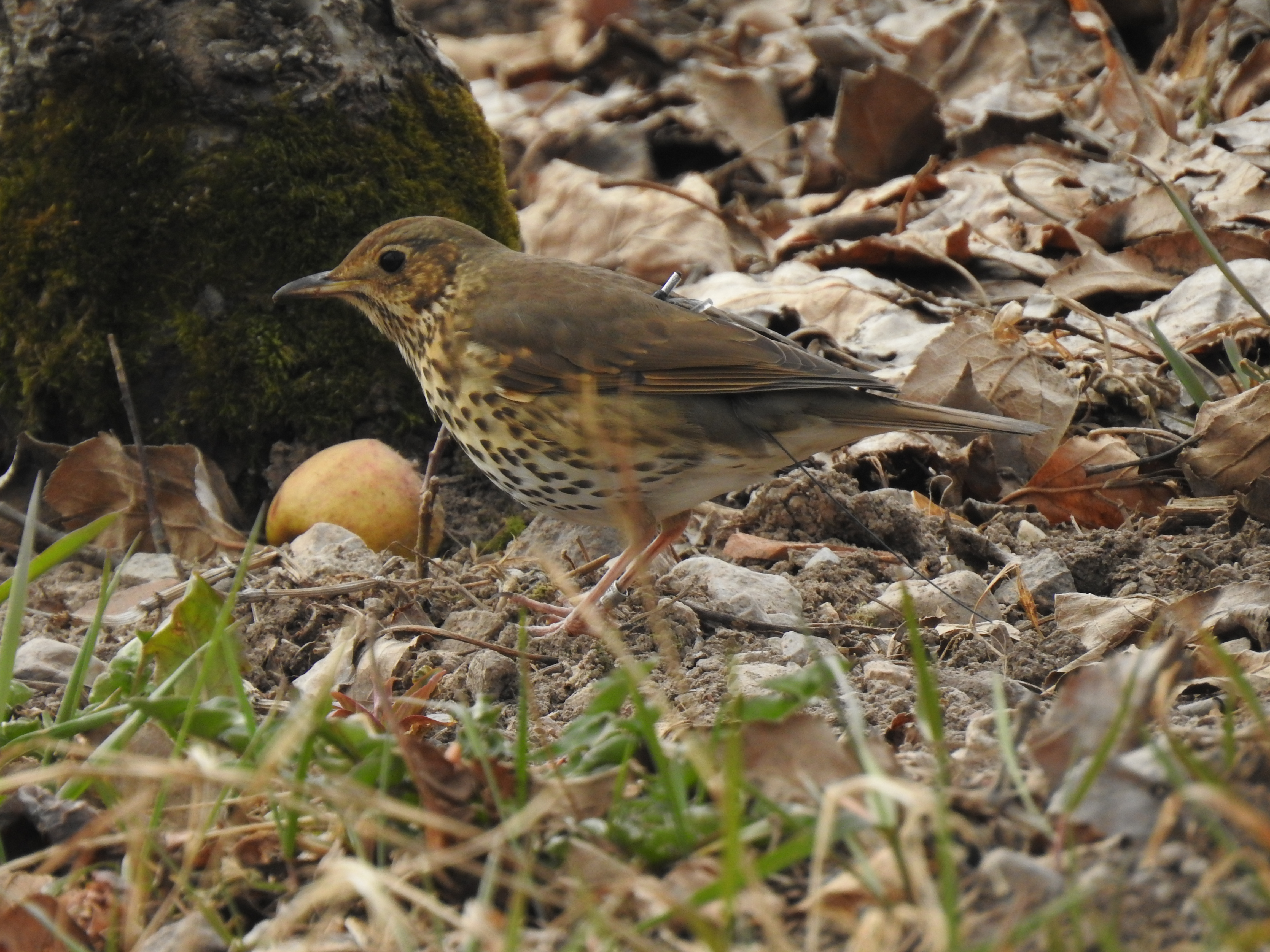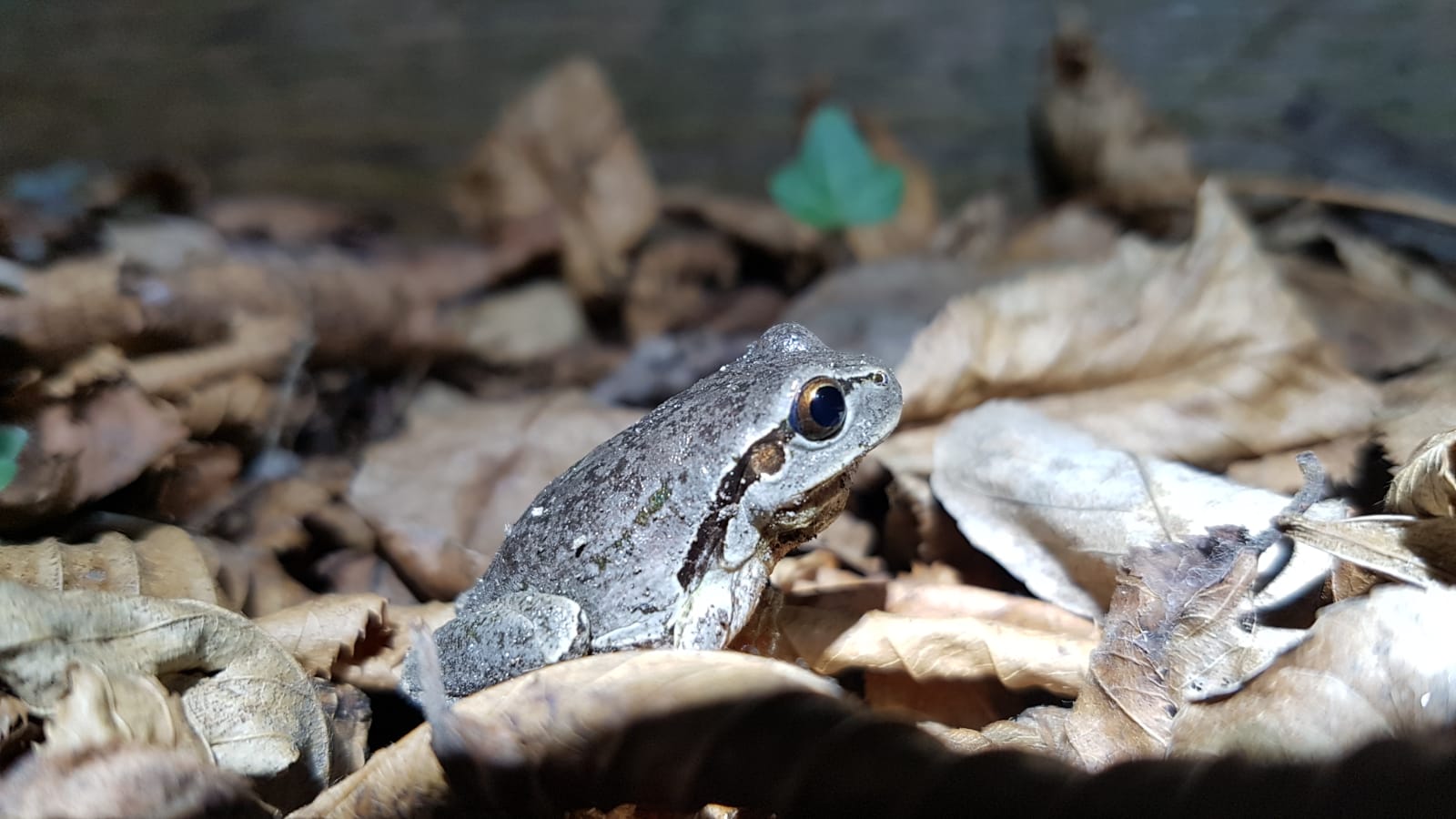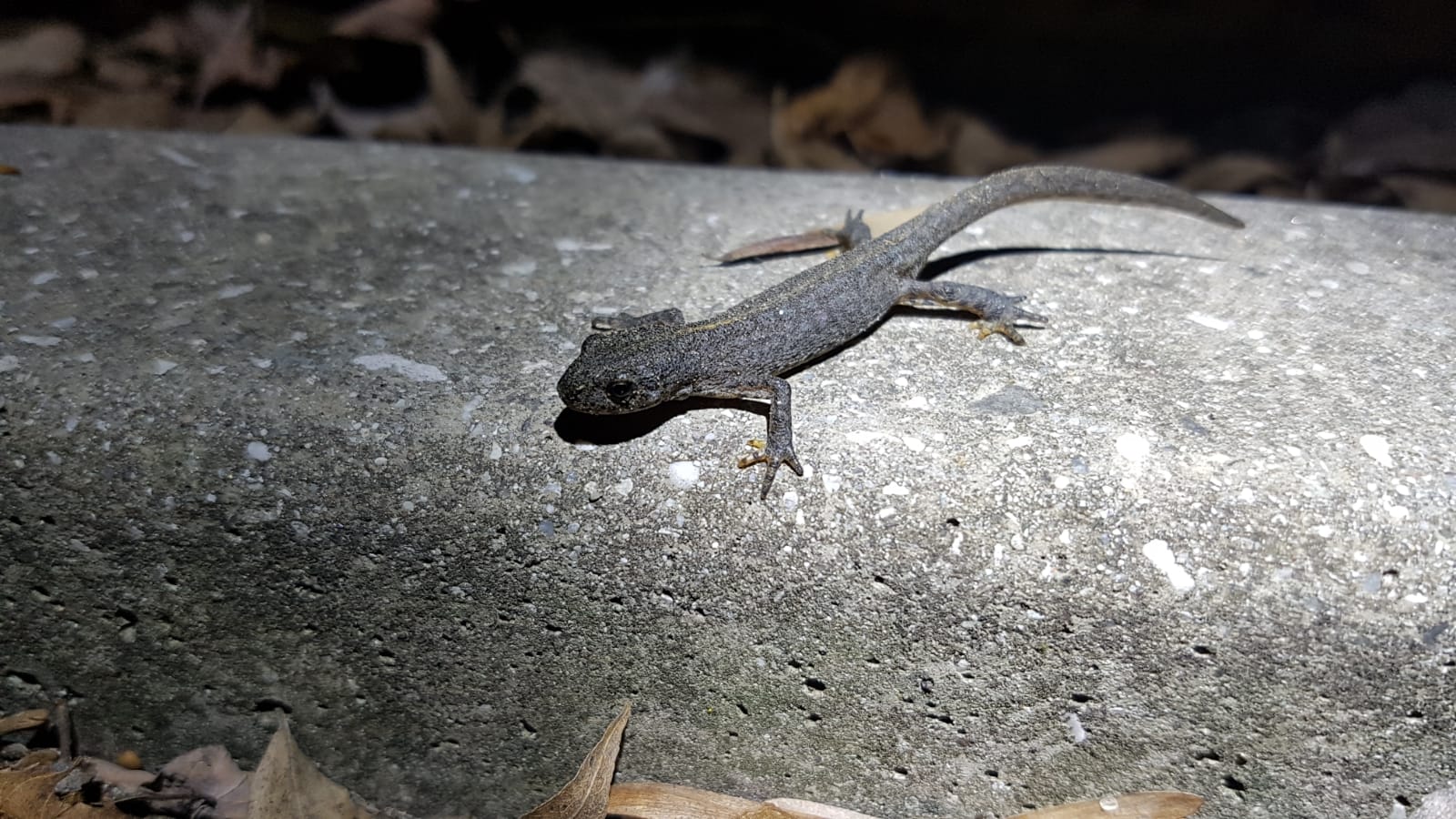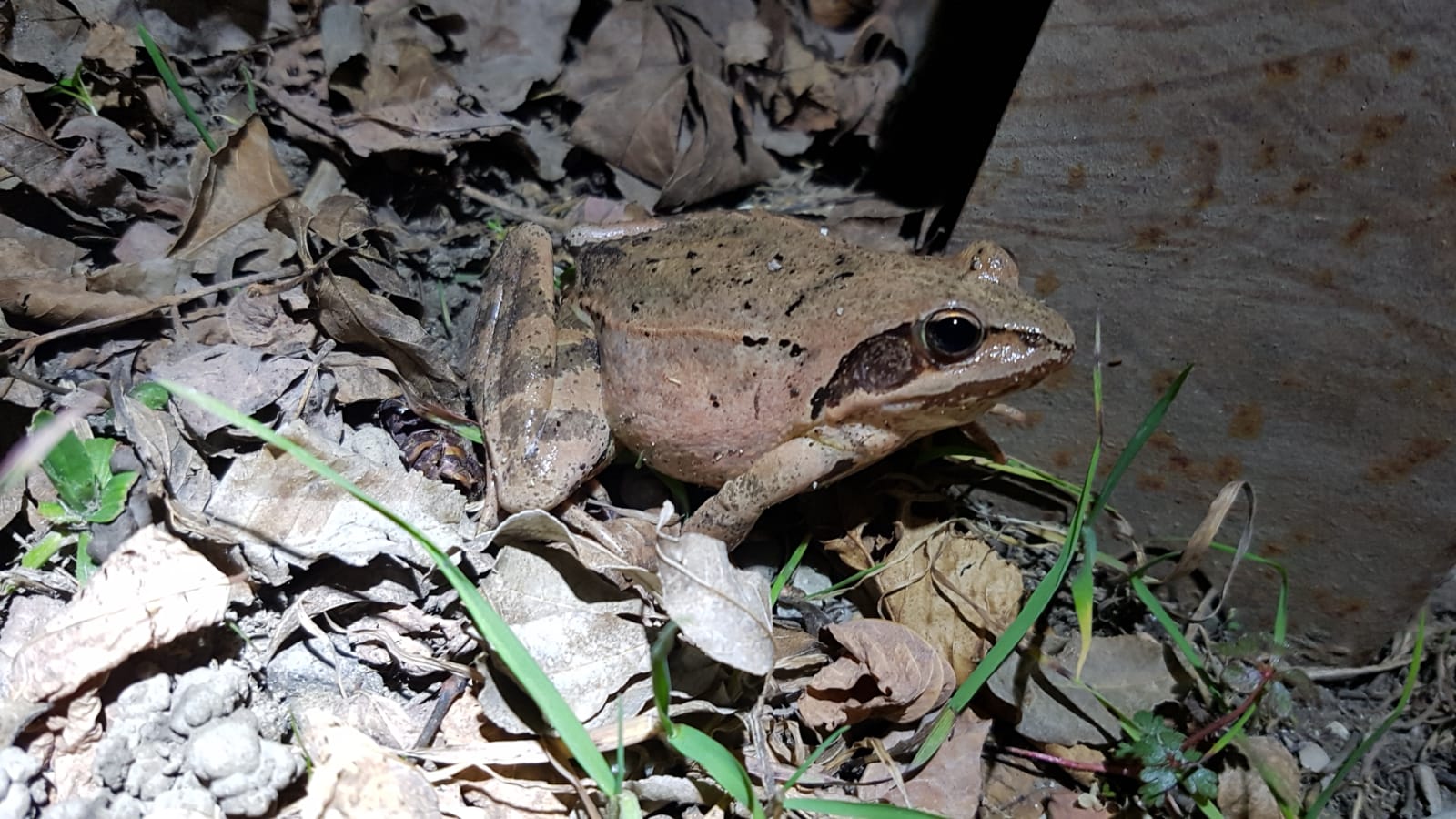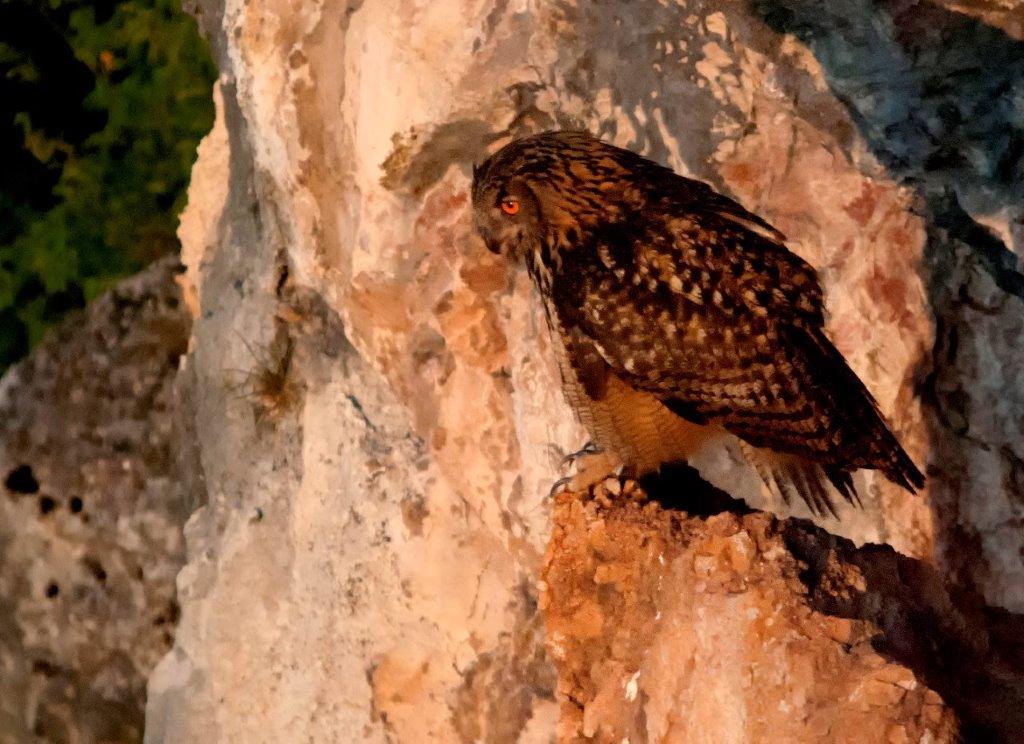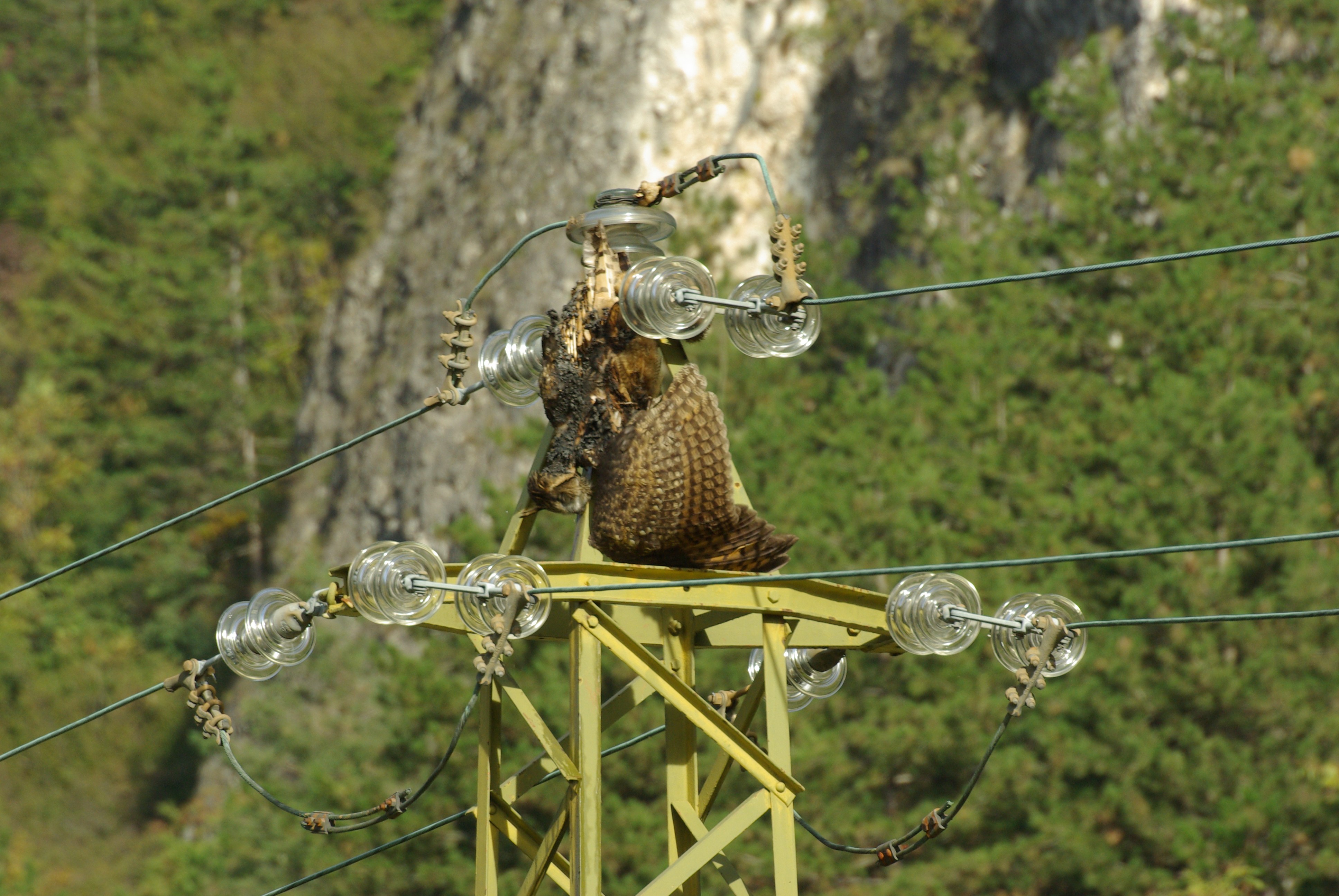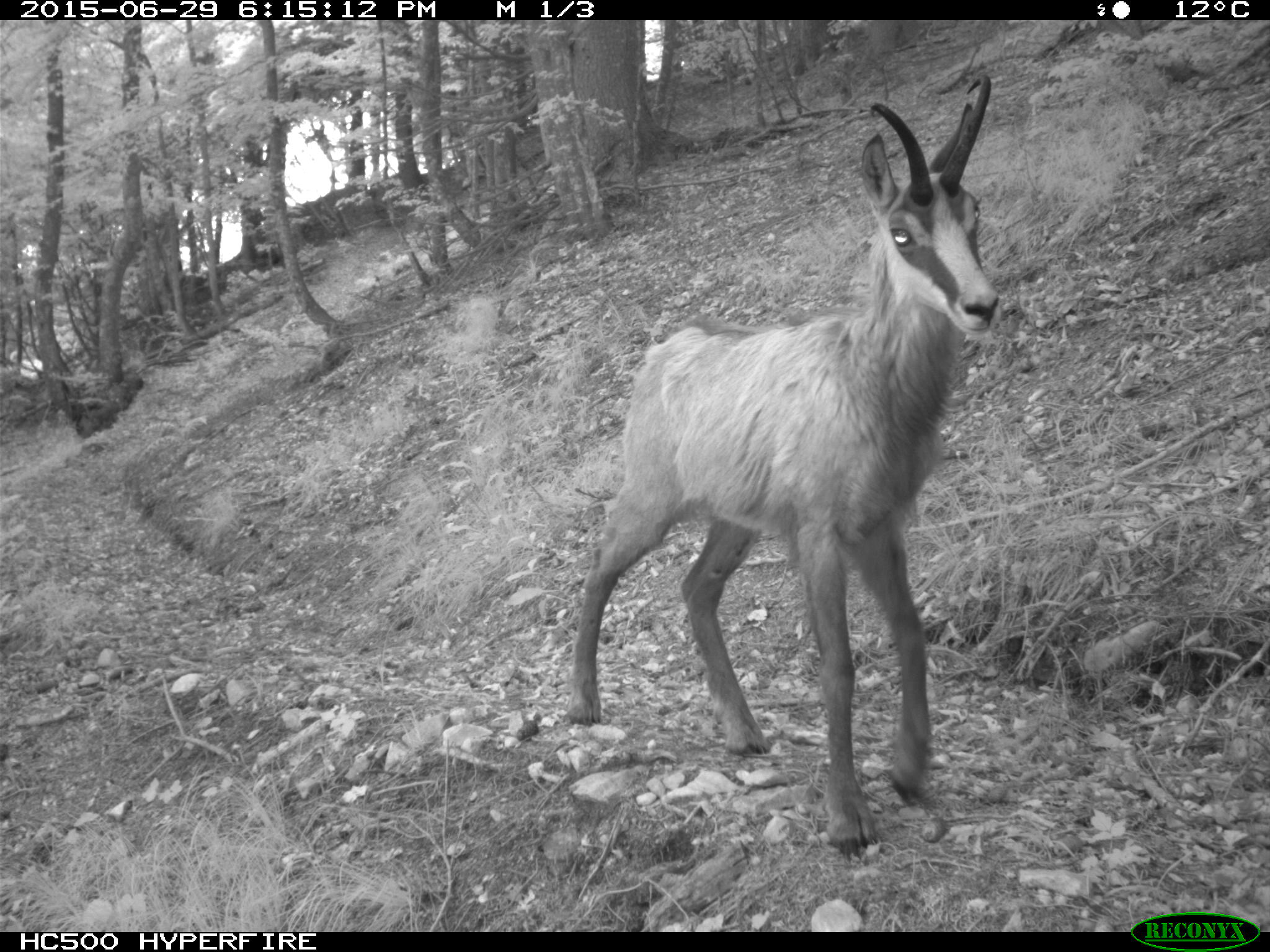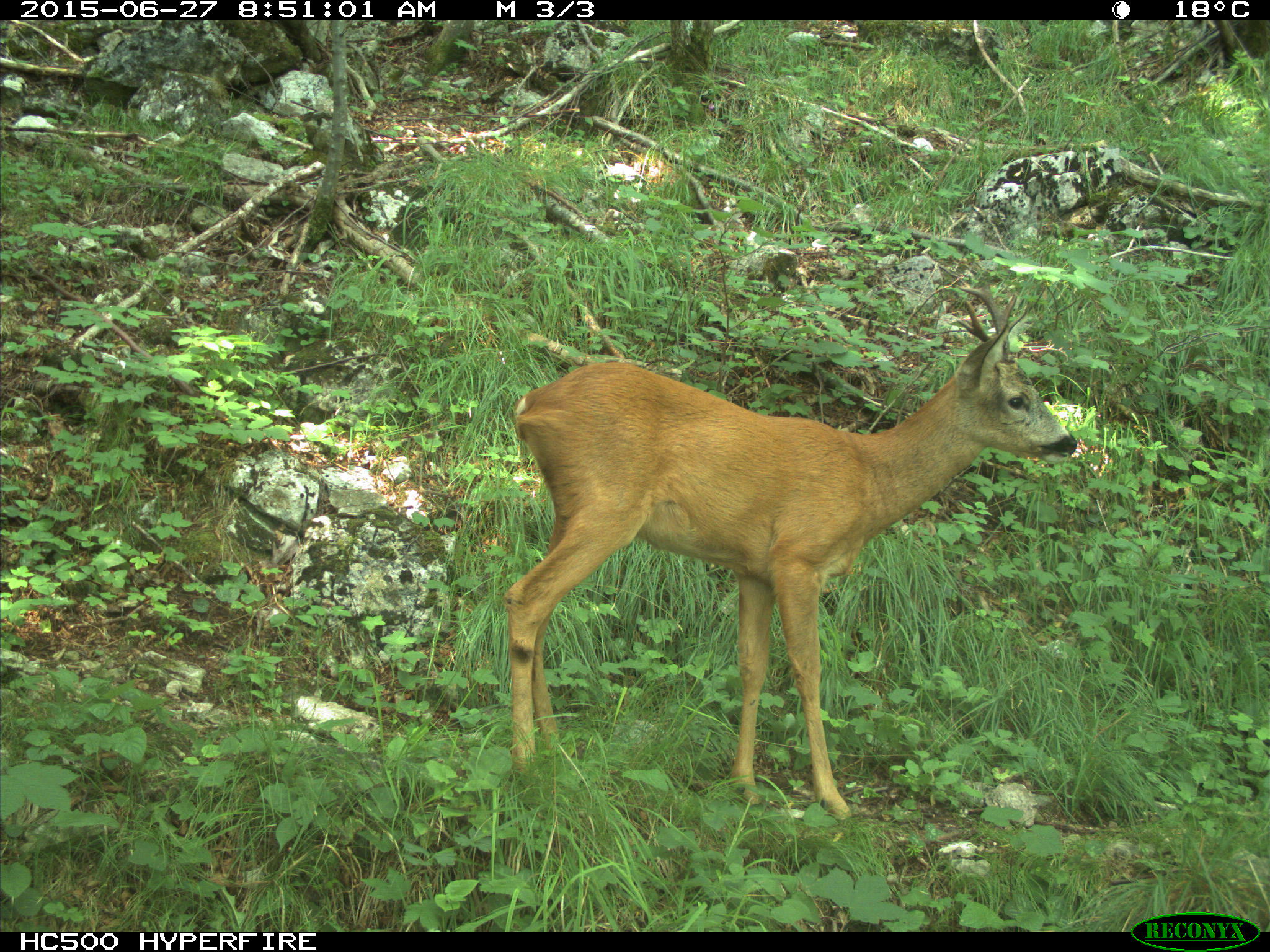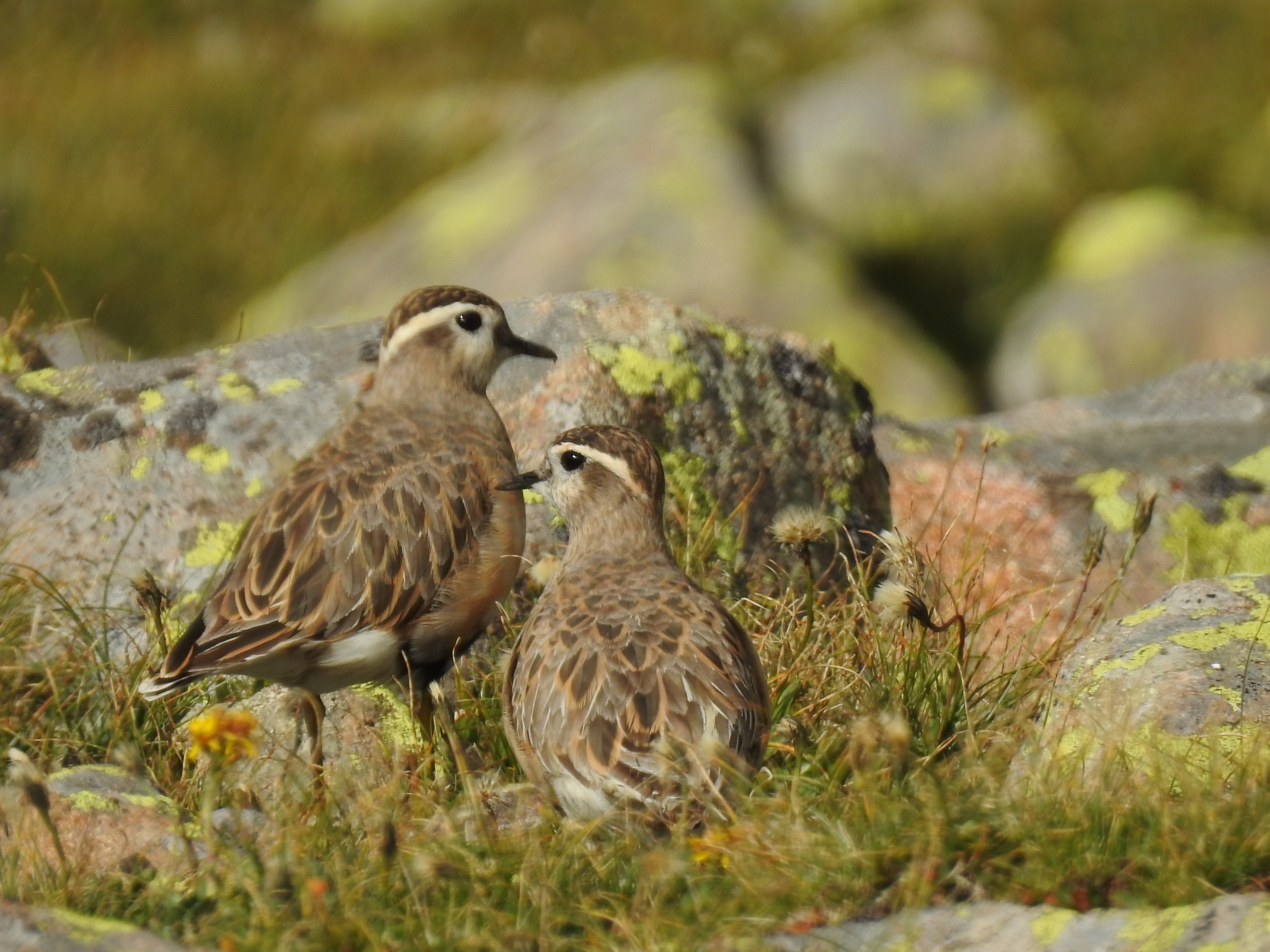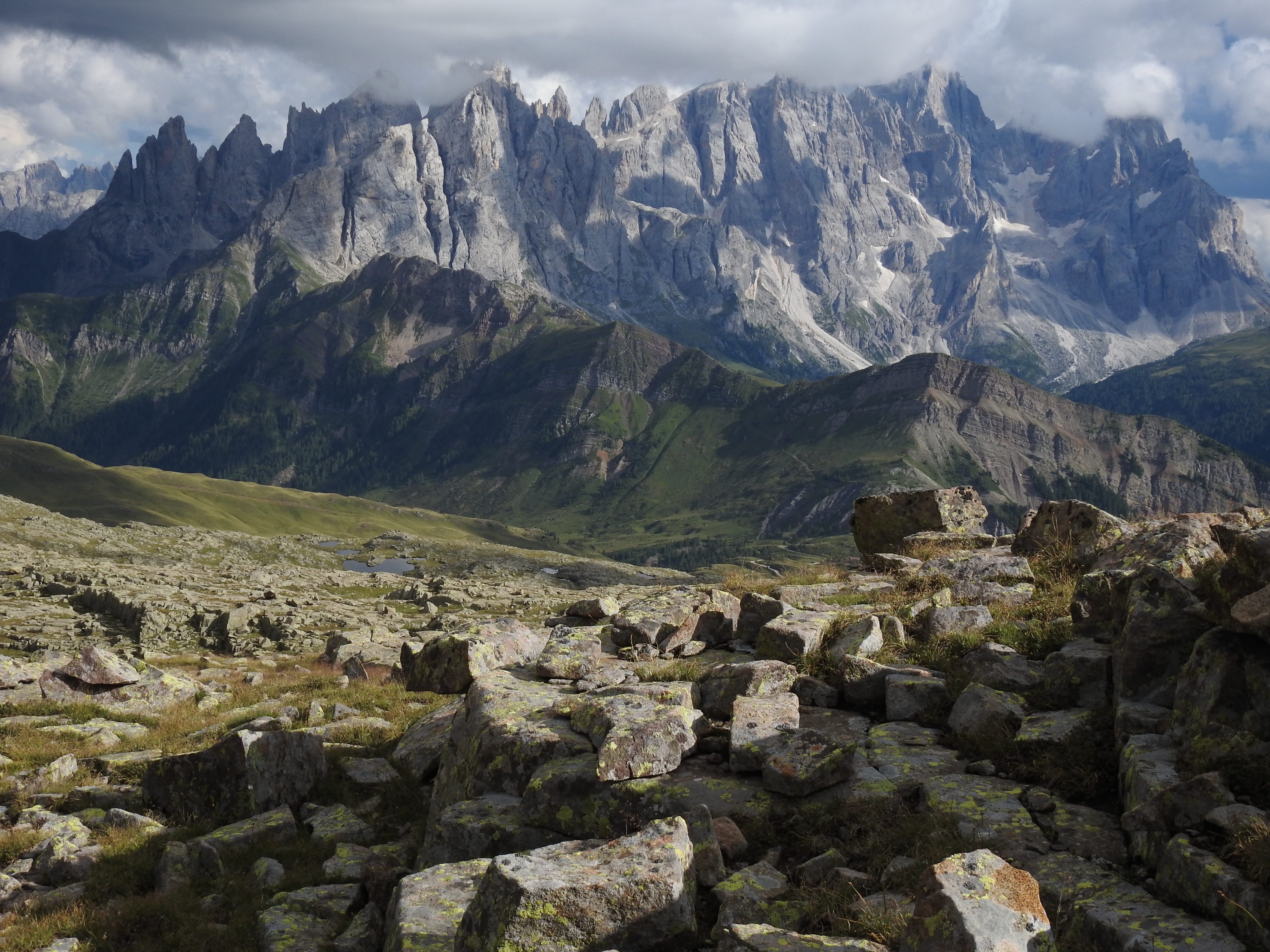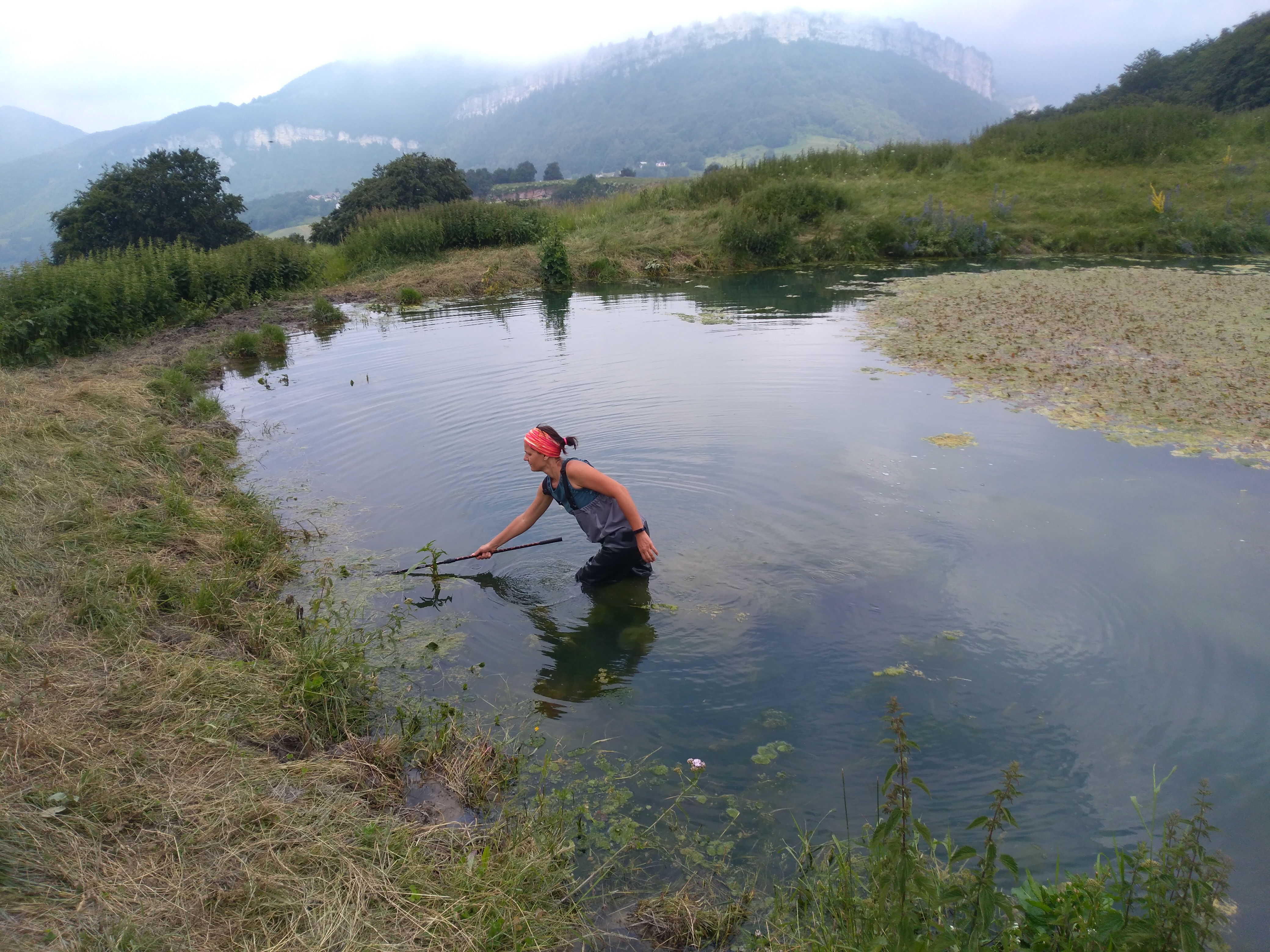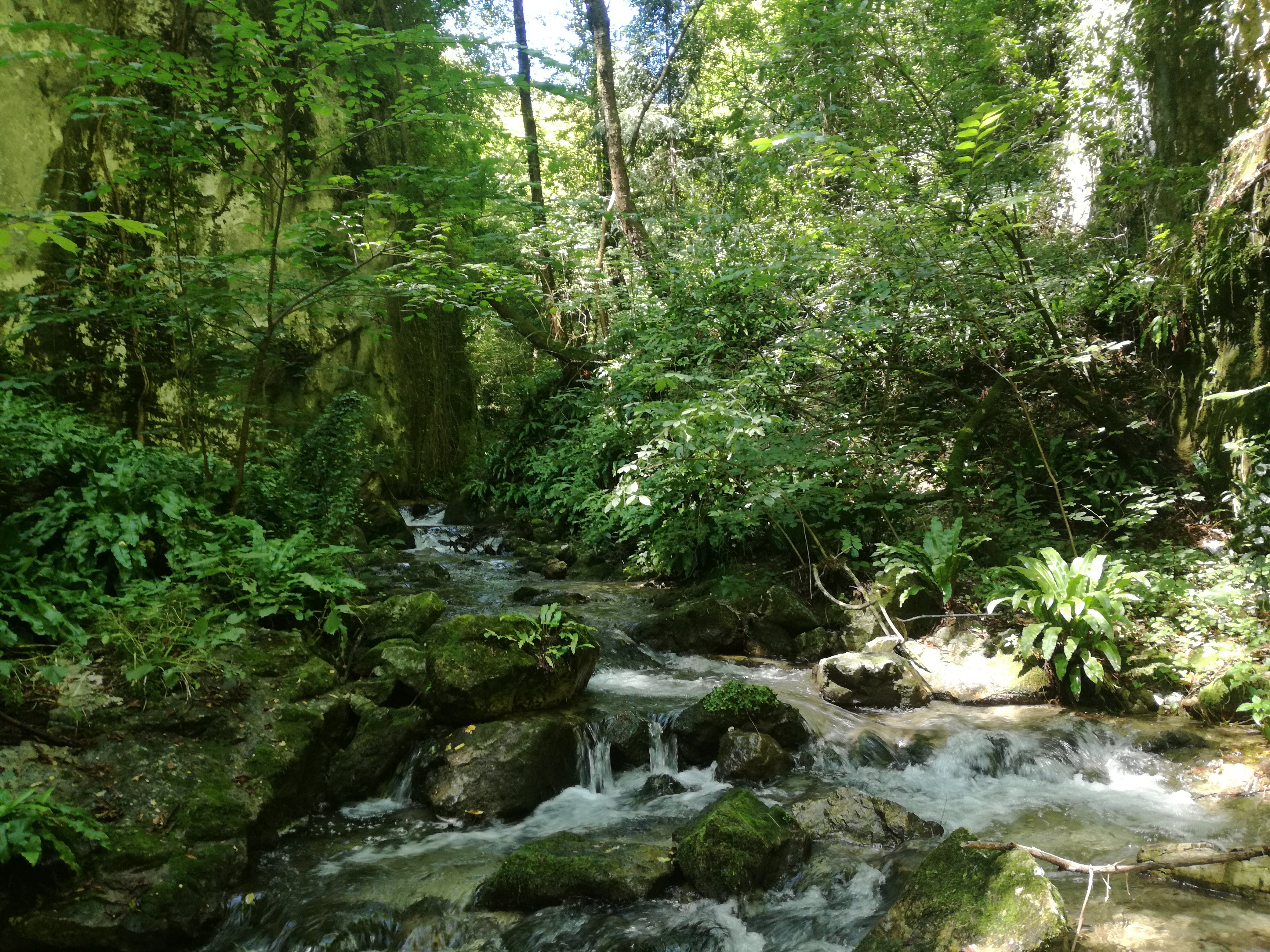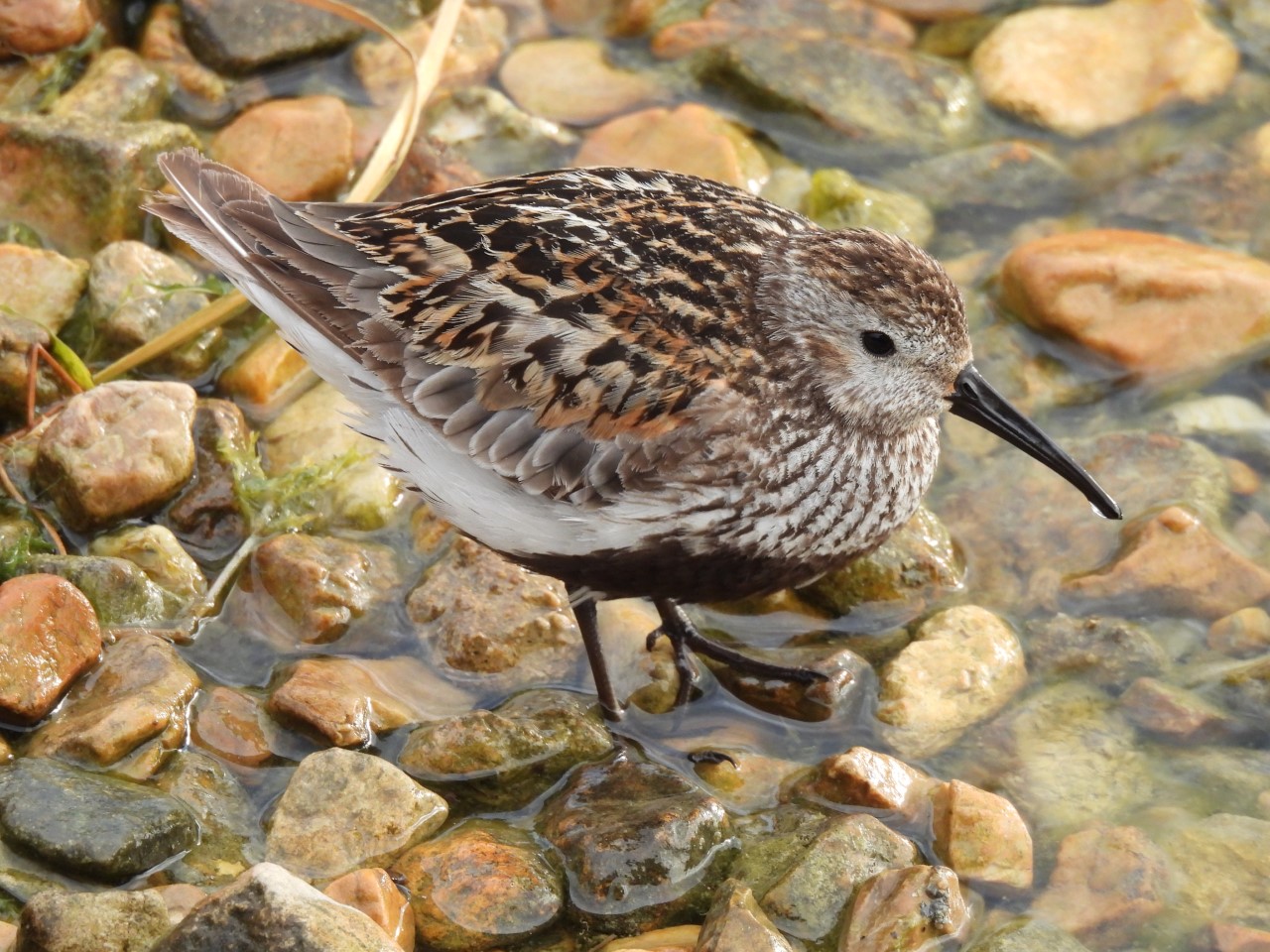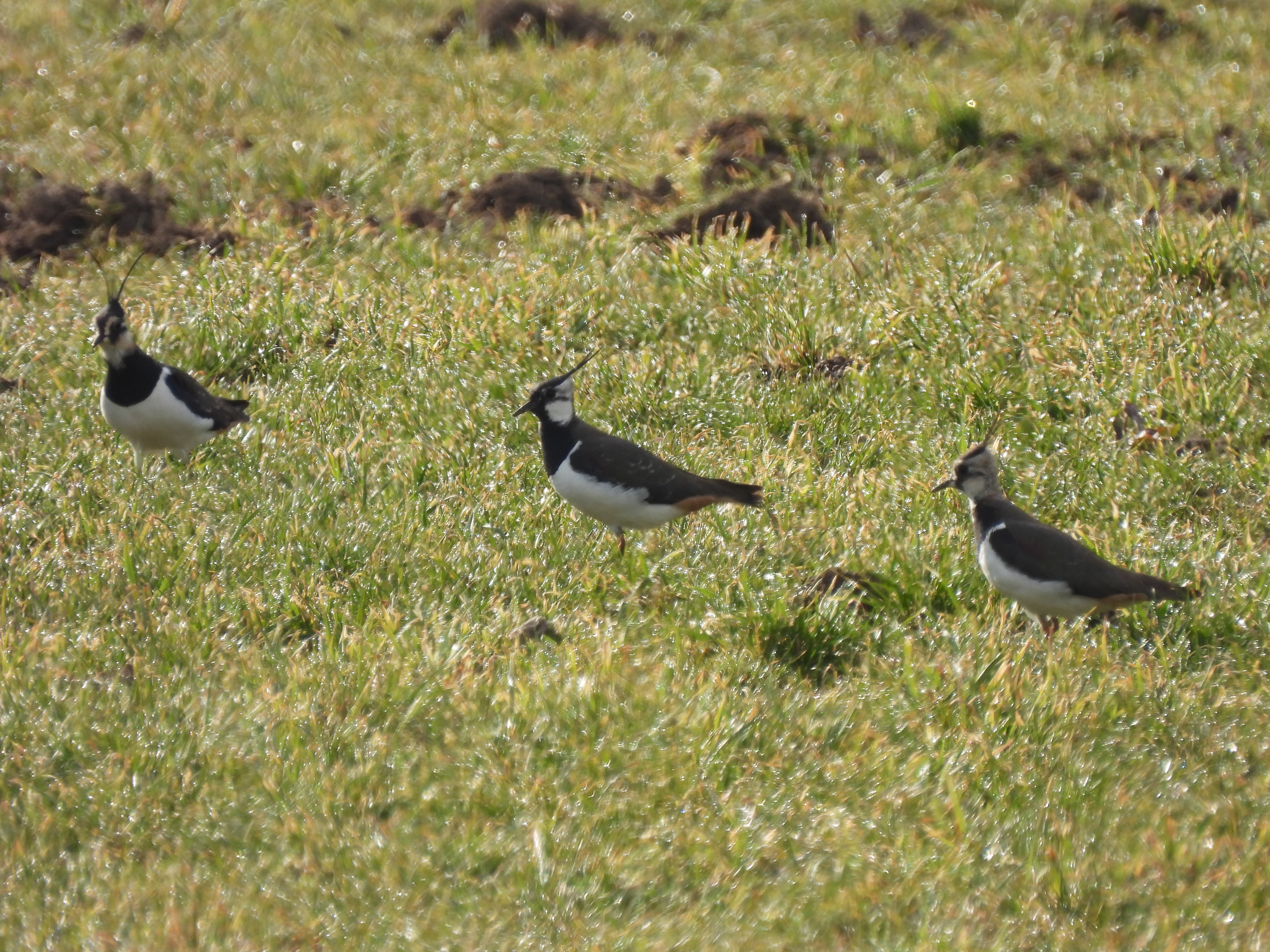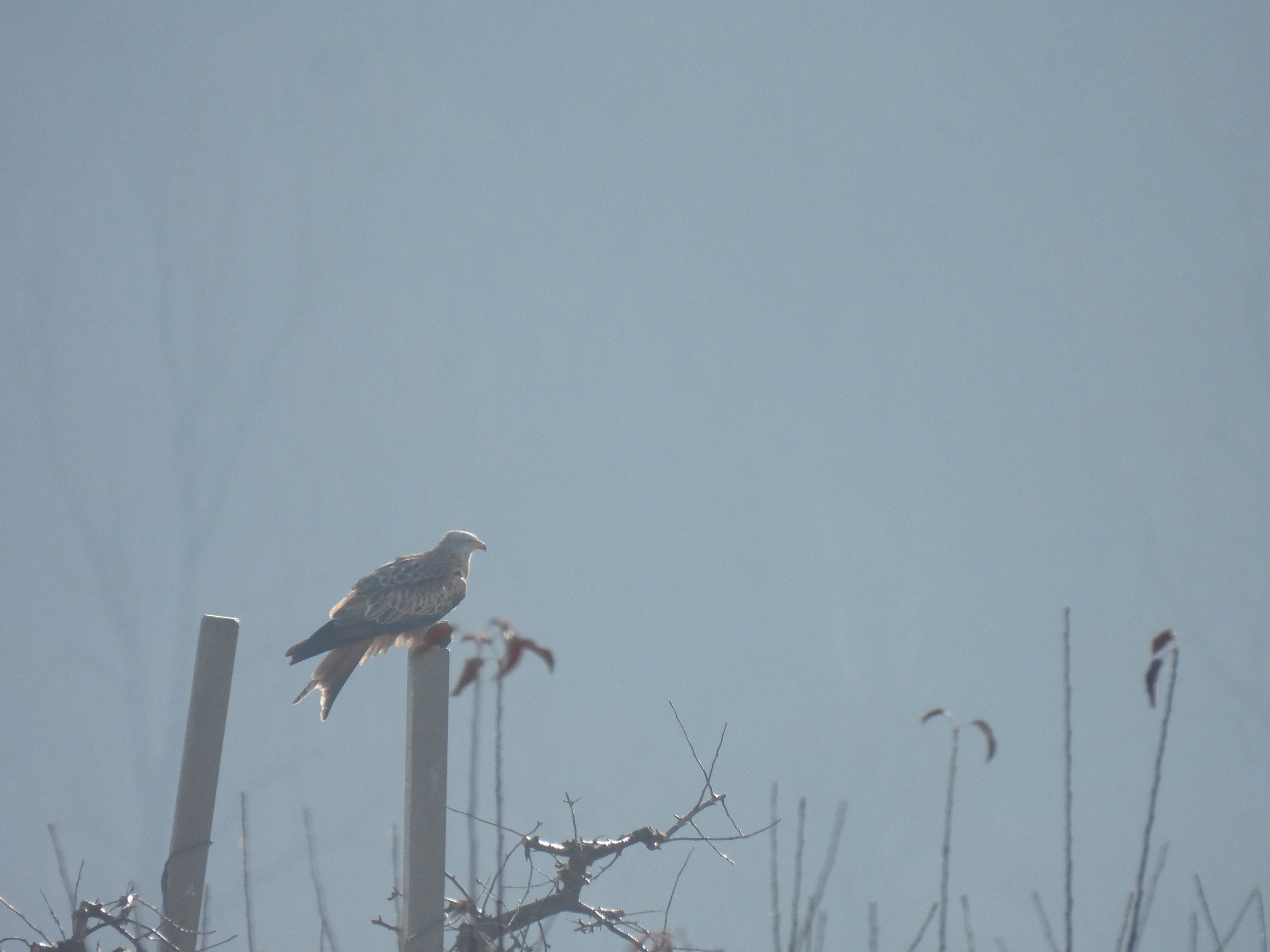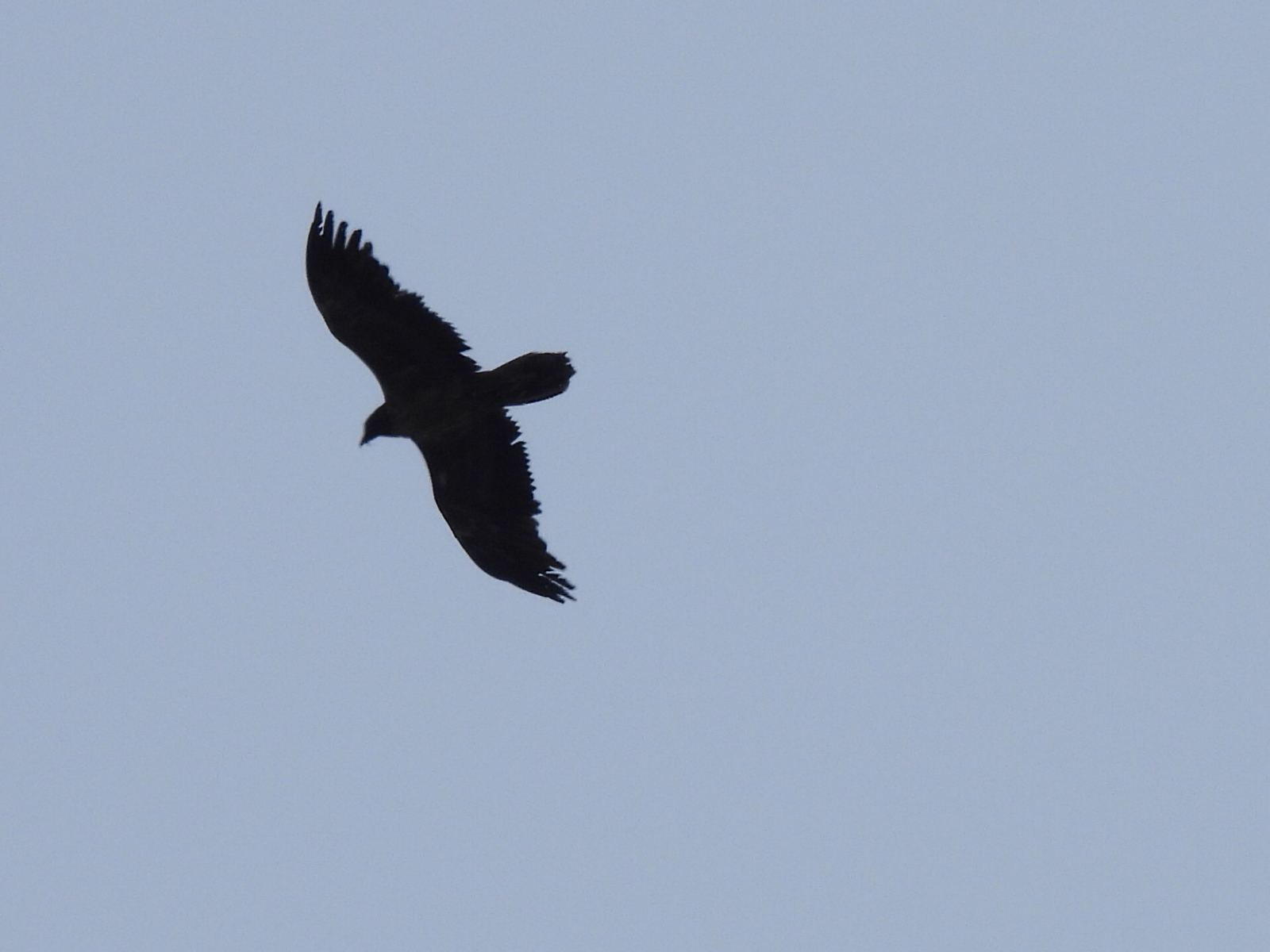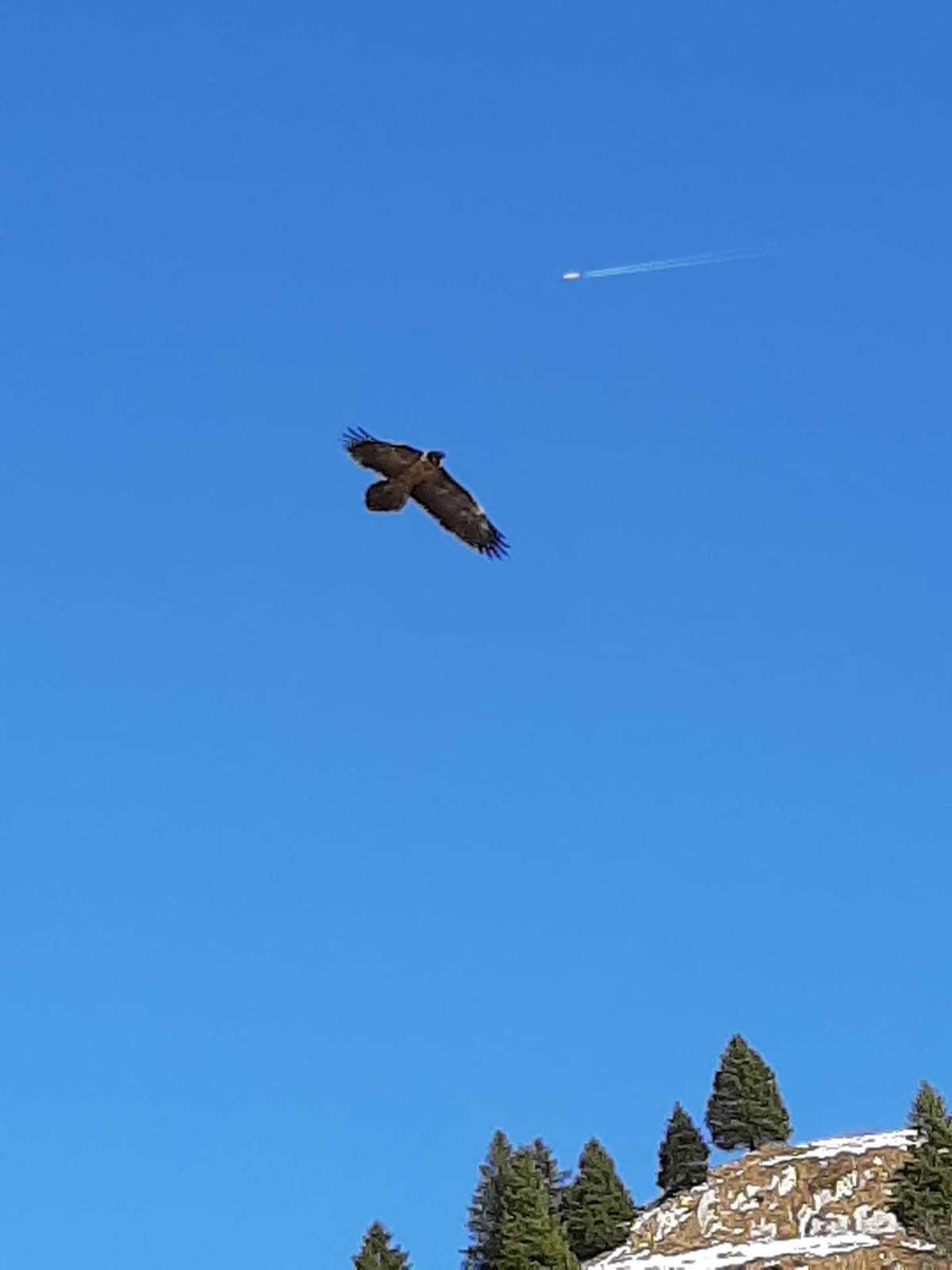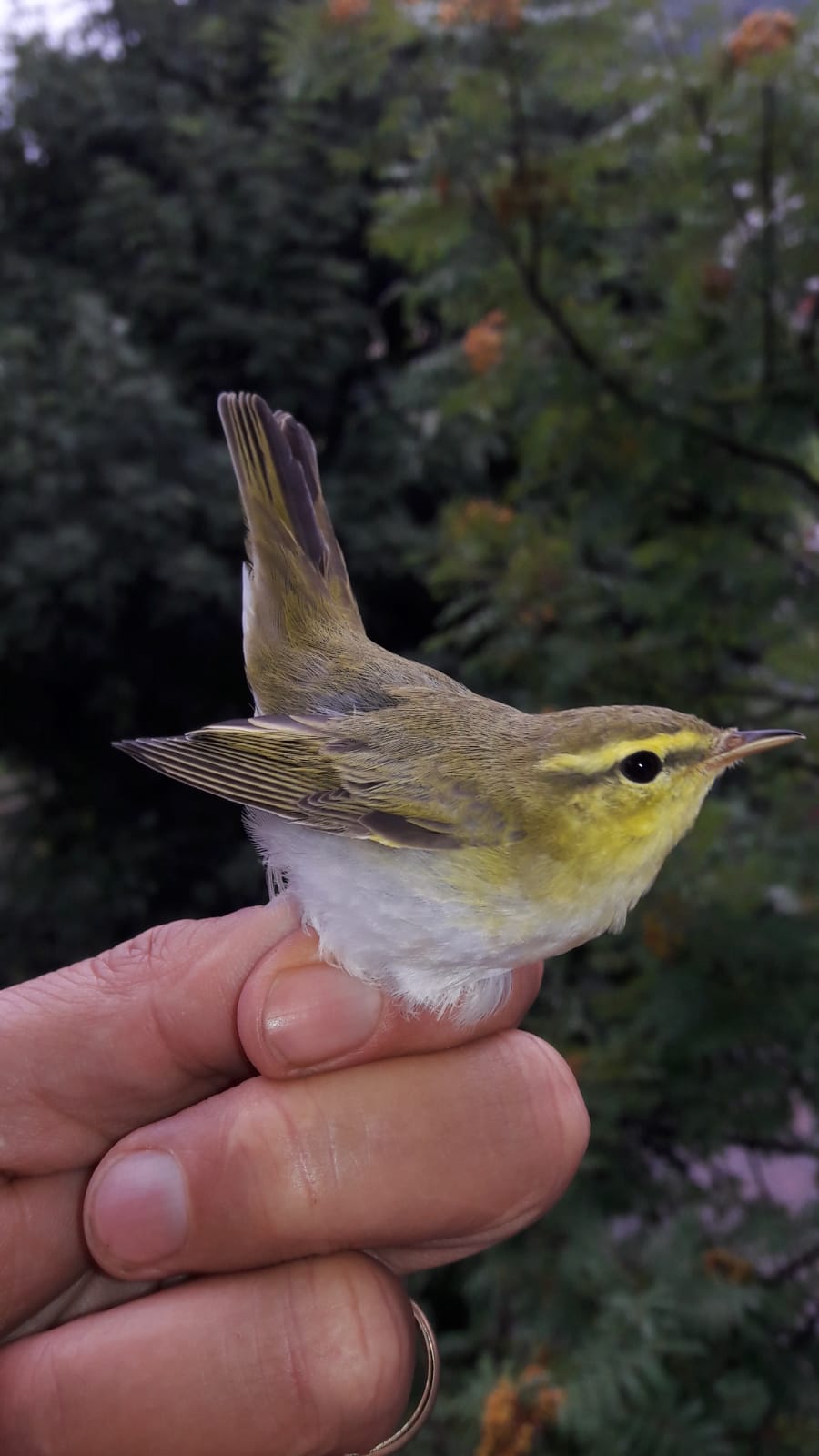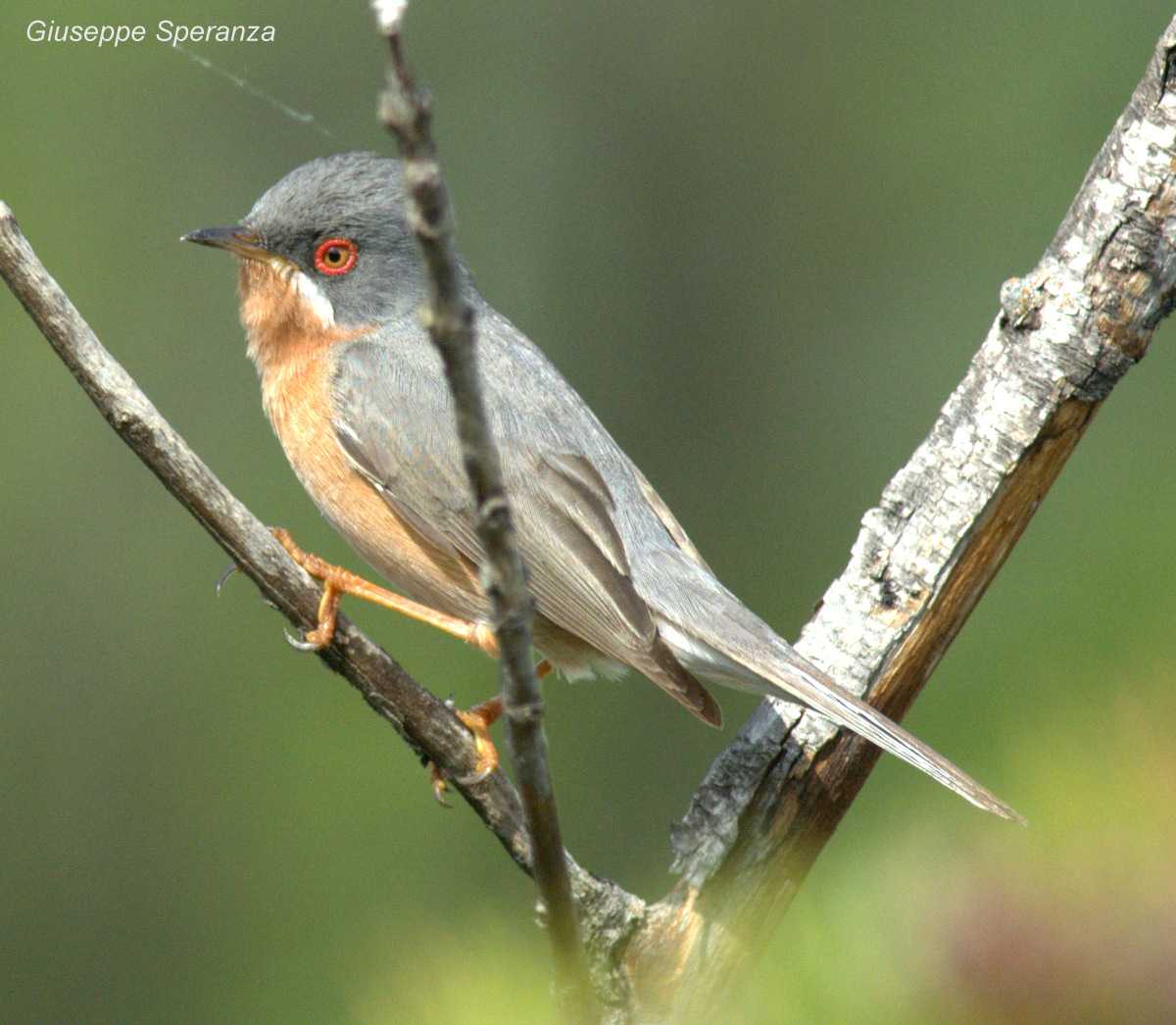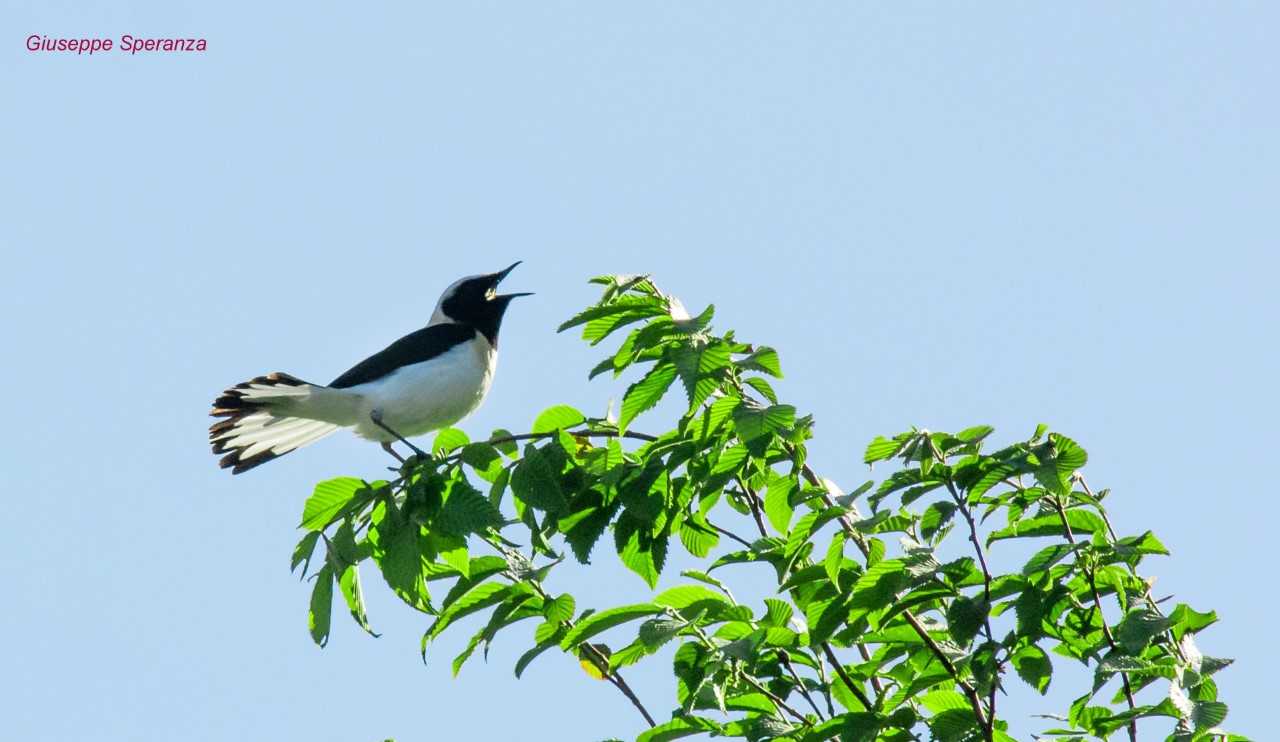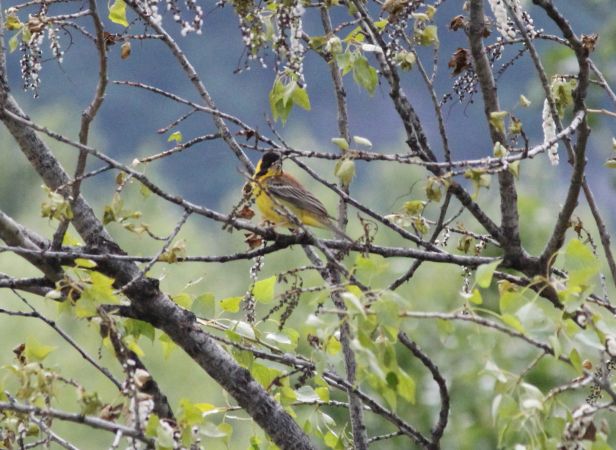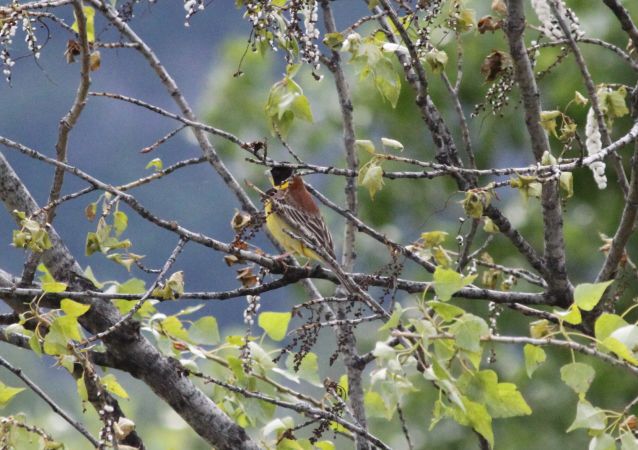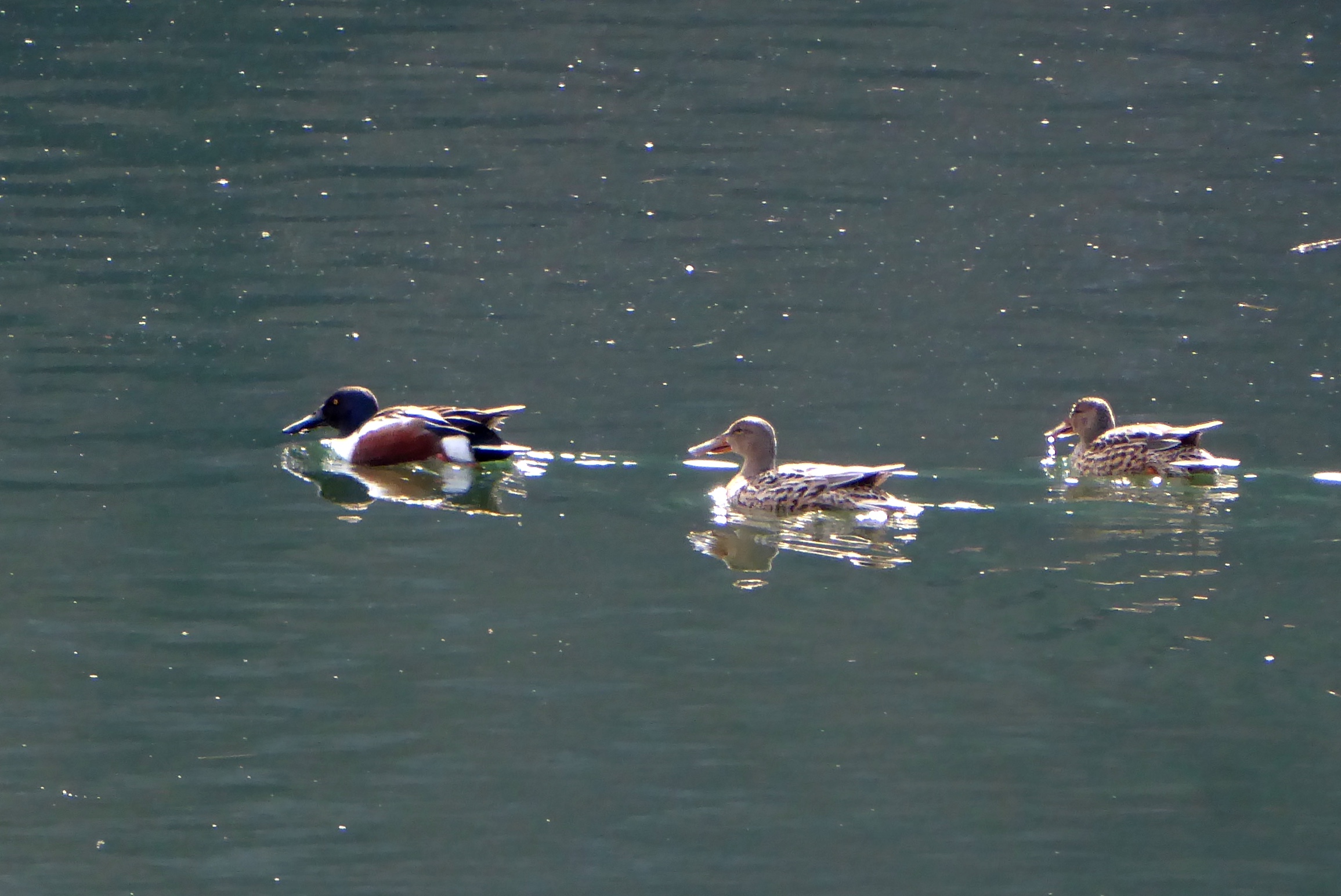The EURING 2017 has been held in Barcelona, Spain, at the Natural History Museum.
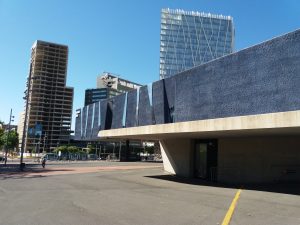
The EURING conference is primarily focused on the development, understanding and integration of new methodologies in the analysis of capture-mark-reencounter data, commonly used to estimate population parameters. However, this time the conference included also applications of comparable methods to unmarked individuals, such as occupancy modelling and estimation of detection probabilities in monitoring programs.
The conference program is available here.
We gave a talk entitled ‘Modelling density-dependent population growth rate from individual encounter data‘, within the ‘Population Dynamics and Dispersal’ session. The work we presented was carried out in collaboration with Giacomo Tavecchia and Daniel Oro of the Population Ecology Group of the IMEDEA (CSIC-UIB, Spain), and with Roger Pradel of the CEFE/CNRS (France).
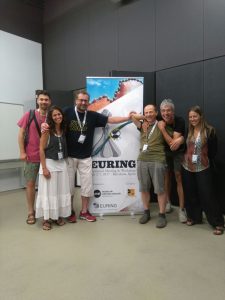
Photo: Ana Sanz-Aguilar
In our talk, we presented a new hierarchical formulation of the temporal symmetry approach (aka Pradel model, available in program Mark) that represents a model-based approach to formally test and quantify the strength of density dependence directly on population growth rate (as well as related vital rates) using capture-mark-reencounter data on open populations. In addition, the framework allows the estimation of temporal variance unexplained by density dependence, and can thus be used to quantify the relative contribution of density-dependent (intrinsic) and density-independent (extrinsic) factors affecting fluctuations of animal populations.
We illustrated the modelling approach with simulated data, to investigate the effectiveness of detecting density dependent effects on population growth rate, but also using real data on the Audouin’s gull, marked and resighted at the Ebro delta colony (Spain) by the Population Ecology Group of the IMEDEA.
